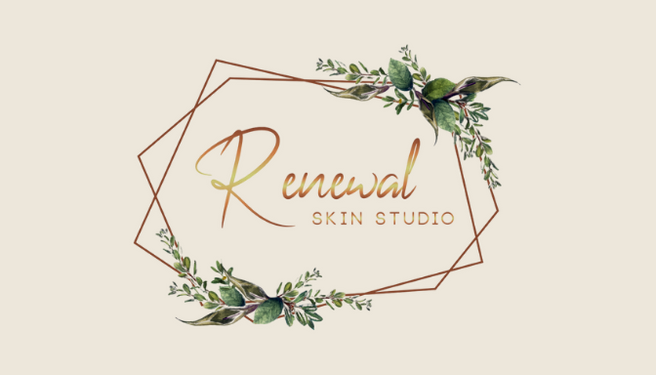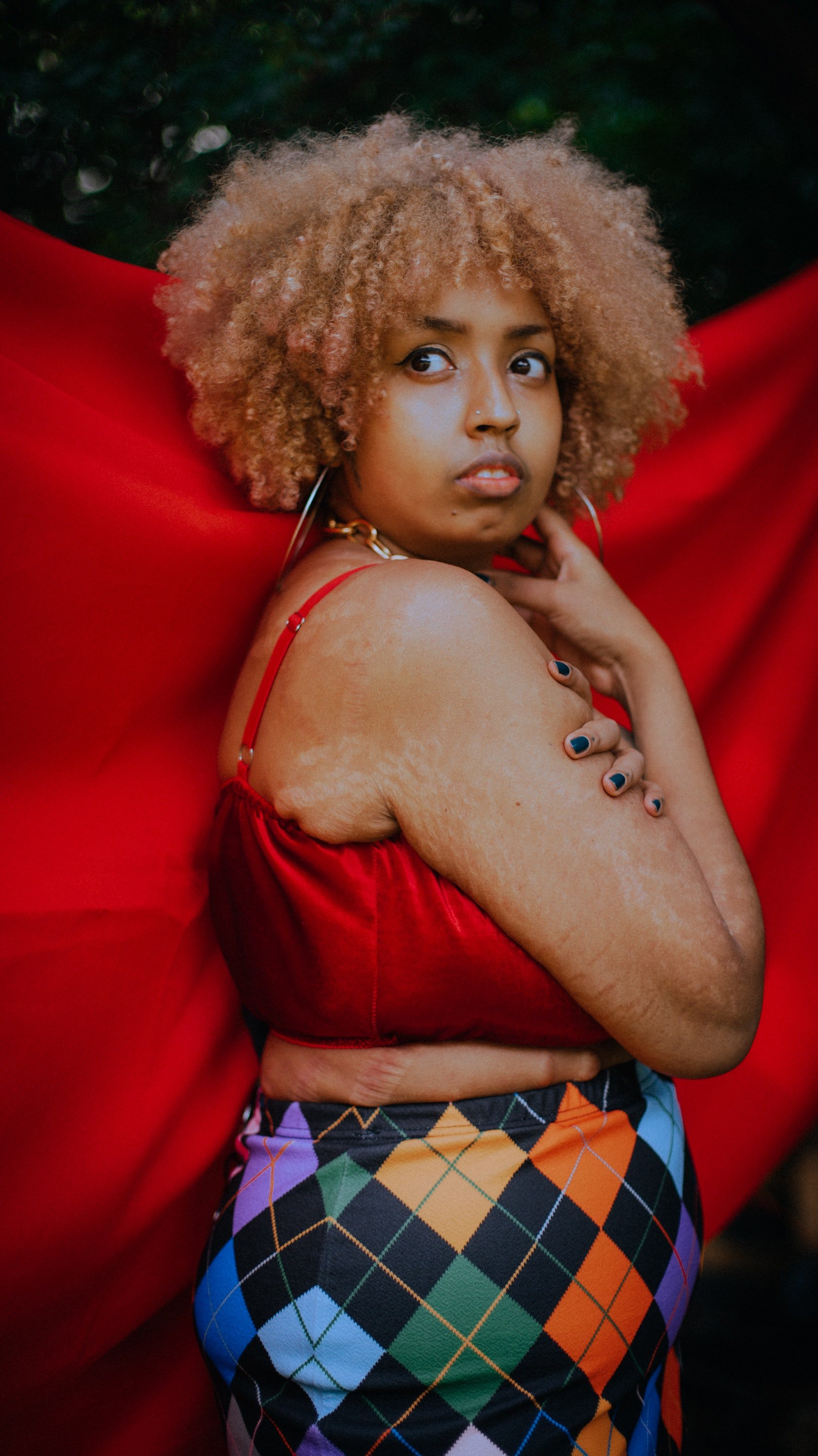Stretch Mark Camouflage Treatment
Even though they affect up to 90% of the population, most people feel self-conscious about stretch marks. Whether through growth spurts, pregnancy, or weight gain, these white marks break up smooth skin. The permanent makeup industry created a new technique to help camouflage these marks. When done correctly, it’s like they were never there!
Several techniques fall under the stretch mark camouflage category. We’re examining the different approaches to masking skin blemishes and giving you back your confidence.
What is stretch mark camouflage?
Stretch mark camouflage is a catchall term for several approaches to covering up blemishes. Several techniques make up the category, medical tattooing, Brazilian tattooing, laser removal, and MCA dry needling. After the process, the appearance of the marks is significantly reduced.
Can all stretch marks be camouflaged?
Because stretch marks are scar tissue, you can’t treat fresh scars through these methods. They must be at least two years old and healed before a technician can tattoo and camouflage them. You’ll know they’re healed when the skin isn’t purple or red. It should be significantly lighter than your natural skin tone.
What does the process look like?
Pigment-based treatments use the same process. A technician uses an electric tattoo machine to embed ink under the skin. Most use a semi-permanent solution, similar to microblading.
The goal is to blend the lightened areas into the surrounding skin. Once healed, you can look forward to more even-colored skin.
How long do the results last?
Typically these treatments last up to three years with the proper aftercare, depending on your skin type. Technicians use semi-permanent ink to blend away lighter skin to match the surrounding area. These tattoos last longer than typical permanent makeup because scar tissue can’t break down the particles.
What types of camouflaging treatments are there?
As we mentioned earlier, there are several stretch mark camouflaging techniques available. Each offers the option of blending away the scar tissue. The differences rest in how long the treatment lasts.
The traditional stretch mark tattoo
Traditional stretch mark tattoos only last around three years because of the type of pigment used. Mineral inks deposited under the skin are easier to blend than conventional tattoos. While the color helps the marks fade, the skin's texture doesn’t change through the treatment.
Brazilian stretch mark camouflaging is a newer technique
Rodolpho Torres, a Brazilian PMU artist, pioneered this approach for longer-lasting results. He began using traditional tattoo inks instead of mineral permanent makeup pigments. Proper aftercare following this treatment can help your results last up to seven years.
How to make results last longer & aftercare recommendations
Permanent makeup treatments require different aftercare protocols than most other skin treatments. Because they’re tattoos, allowing them to heal correctly results in more consistent, longer-lasting effects. Remember, this treatment can reduce, but not remove, stretch marks.
Wear clothing that is loose
Tattooing breaks the skin, and the area treated will likely be sensitive following treatment. Loose clothing is less irritating and allows the tissue to breathe. Expect some fluid on the surface during the first 24 hours. Gently dab the area to prevent crusty buildup.
Try not to scratch the area that has been treated
During the healing process, itching is a common side effect. Do not scratch tattooed skin, as it could lead to infection. Flaking and peeling are part of the recovery process. Uneven pigmentation could result if you pick at the area, which could require a touchup.
Do not put on perfume on the area
Only use gentle, fragrance-free lotions and oils on your freshly tattooed skin. Products containing perfumes can irritate and even damage skin treated in this manner. Your technician can recommend products that are safe to use.
Avoid excessive sun exposure; use SPF
UV rays degrade inks under the skin. Use a gentle sunscreen that’s at least 30 SPF to protect your skin. If you’re in the sun frequently, expect the tattooed area to fade sooner. Also, don’t forget that the pigment matches your normal, lighter skin tone. A tan will make those areas stand out again since the color doesn’t change.
Vitamin D cannot come into contact with the camouflaged area
For the first 40 days after your procedure, avoid products containing Vitamin D. The compounds in the tattoo cream can react with it and cause a change in pigment color. Allow your skin to heal fully before applying makeup or sunscreen to protect the area.
Renewal Skin Studio will help you become the most confident version of yourself!
We aim to help you achieve your aesthetic goals at Renewal Skin Studio. We want you to love your skin! Our team believes treatments should enhance your natural beauty and help you feel like your best self. From facials to permanent makeup, we’ve got the solution to your skin concerns.
Don’t let stretch marks steal your joy. Book a consultation on our website today to discuss treatment options.

